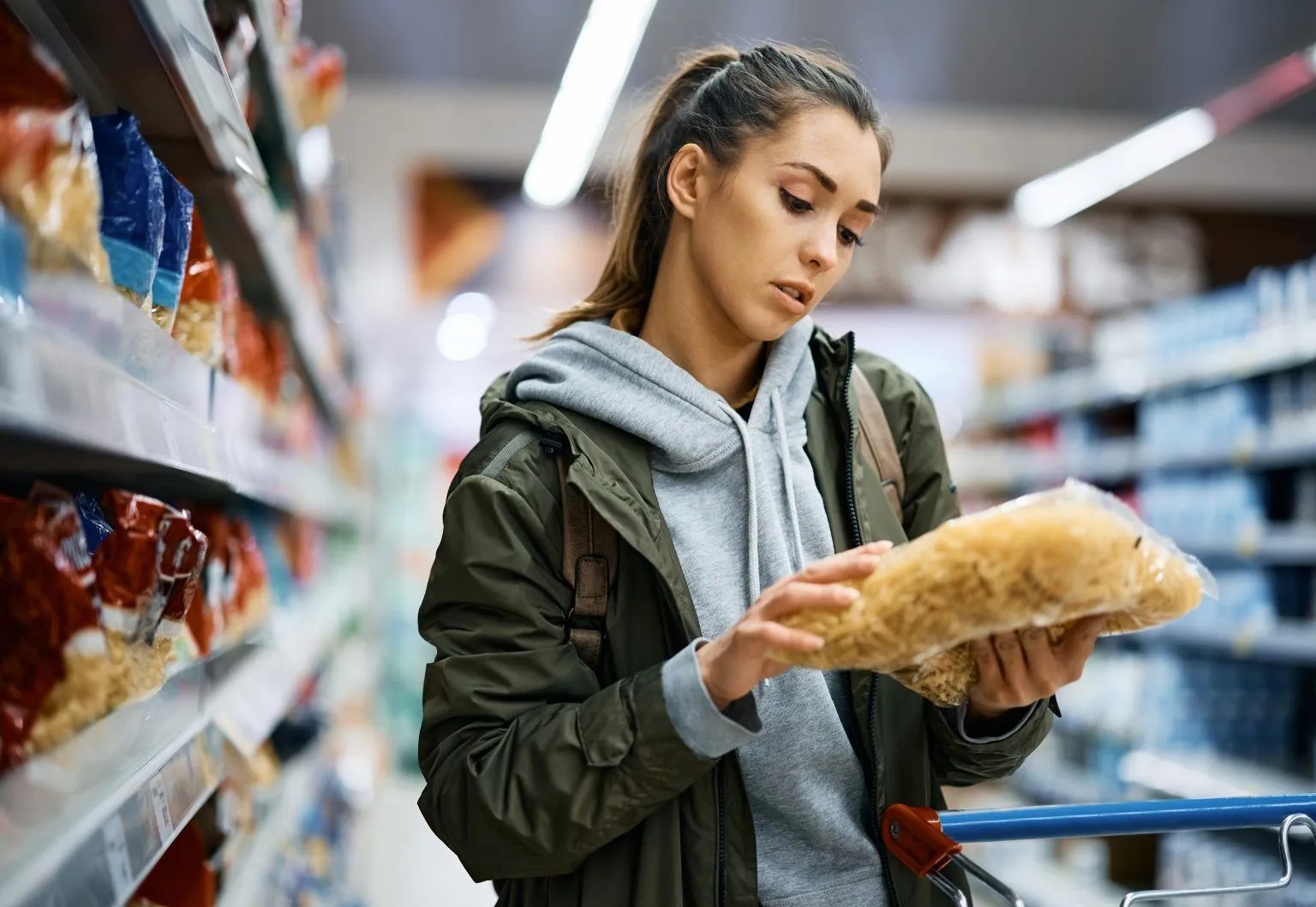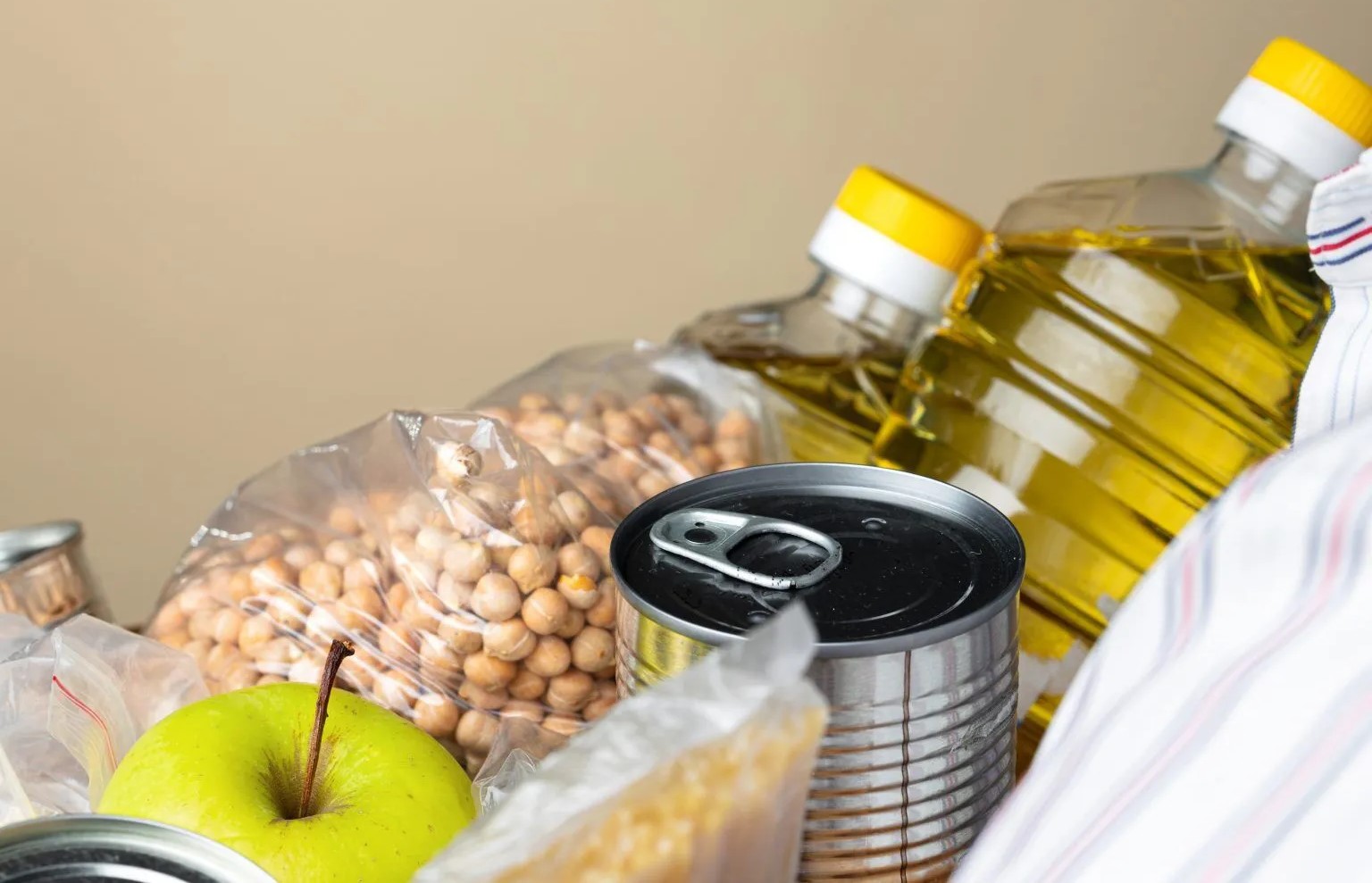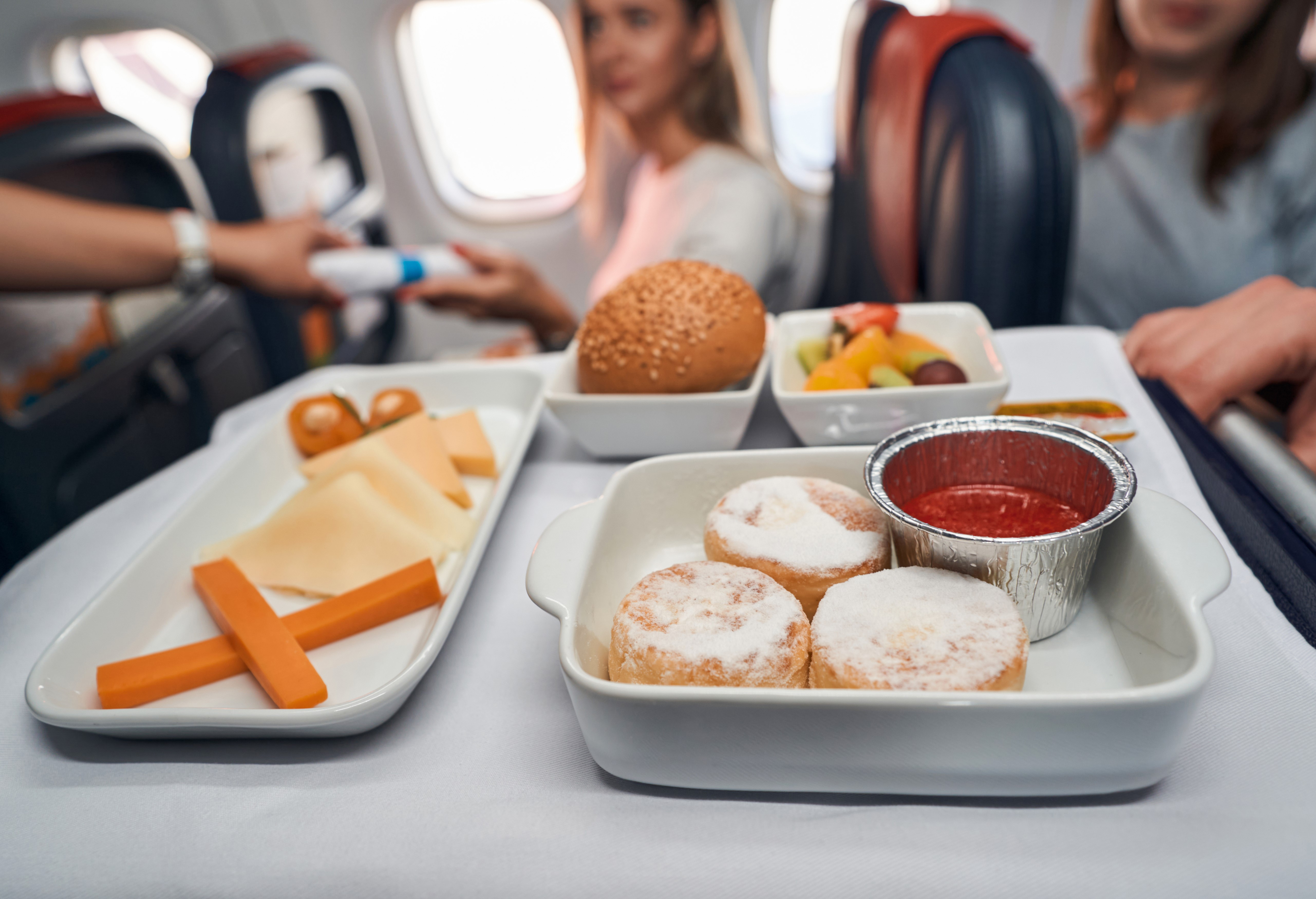Last Updated on August 29, 2024 by Admin
Table of Content
- Definition of Sensory Evaluation
- The Role of Sensory Analysis of Food
- How to Conduct Effective Sensory Evaluation Testing
- Basic Methods for Sensory Evaluation of Food
- Latest Technologies Used for Sensory Evaluation
- Importance of Sensory Analysis in the Food Industry
- Sensory Characteristics of Food
- Conclusion
Food is not just a means of survival; it is an experience that brings joy, comfort, and delight to our lives. Have you ever wondered how we perceive our dishes’ flavours, aromas, textures, and appearances? Enter the captivating world of sensory evaluation of food, a scientific discipline that analyses and understands the sensory characteristics of various food products. This blog will explore the definition of sensory evaluation of food, its methods, and its importance in the food industry.
Definition of Sensory Evaluation
Sensory evaluation of food uses our senses to assess and comprehend the attributes of food products. It involves a comprehensive taste, smell, sight, touch, and sometimes hearing analysis. By harnessing these senses, experts can objectively judge different food items’ quality, acceptability, and overall consumer experience.
The sensory evaluation definition is also critical in understanding consumer preferences and behaviours related to food choices. This knowledge is invaluable for food manufacturers and chefs who strive to create products that resonate with their target audience and stand out in the competitive market.
The Role of Sensory Analysis of Food
Sensory analysis of food provides valuable insights into the organoleptic characteristics of various food items. “Organoleptic” refers to the attributes of food that our senses can perceive. The analysis helps identify the factors contributing to a food product’s success or failure in the market. For example, by conducting sensory evaluation, the chefs can gauge whether the level of spiciness is appropriate, whether the aroma complements the flavours, and whether the overall appearance is visually appealing.
How to Conduct Effective Sensory Evaluation Testing
- Testing Room: A well-lit, odour-free, quiet room that minimizes distractions, typically with individual booths or partitions to isolate panellists.
- Preparation Area: A separate space from the testing room where samples can be prepared, coded, and served to panellists without revealing clues about the sample.
- Controlled Temperature and Humidity: To maintain the consistency of samples and the comfort of panellists.
- White Lighting: To avoid colour bias during evaluation.
- Water and Neutral Crackers: For cleansing the palate between samples.
- Anonymous Sample Coding: Samples are often labelled with random codes to prevent biases.
- Standardized Serving Utensils and Containers: To ensure uniformity in presentation.
- Recording Forms or Electronic Tablets: For panellists to record their observations and evaluations.
- Training Materials: For panellists to familiarize themselves with the product attributes they assess.
- Data Analysis Software: To process, analyze, and interpret results from sensory tests.
Basic Methods for Sensory Evaluation of Food
Basic sensory methods for sensory evaluation of food are essential because they provide valuable insights into the sensory characteristics of food products. Some of them are as follows:
-
Difference Tests:
These tests are designed to determine if there is a detectable difference between two or more products.
- Triangle Test: Participants are given three samples, two of which are identical, and asked to identify the odd one out.
- Duo-Trio Tests: Participants are presented with a reference sample and then two other samples (one identical to the reference and one different) and are asked to pick the one that matches the reference.
- Paired Comparison Test: Participants are given two samples and asked to determine which one has more of a specific attribute.
-
Descriptive Tests:
These tests provide detailed information about the specific attributes of a product.
- Flavour Profile Test: A trained panel describes and quantifies the flavours in a product.
- Texture Profile Test: A method used to quantify textural attributes such as hardness, chewiness, and grittiness.
- Qualitative Test: Provides descriptive data about a product without quantification. It can be narrative or through focus groups.
- Free Choice/Consumer Based: Participants can use their own words to describe a product.
-
Affective Tests:
These tests measure consumers’ preferences or feelings towards products.
- Paired Preference Test: Participants are given two samples and asked which one they prefer.
- Ranking Test:Participants rank multiple products based on a specific attribute or preference.
- Qualitative Test: Provides descriptive data about a product without quantification. It can be narrative or through focus groups.
- Hedonic Test:Participants rate products on a scale ranging from “dislike extremely” to “like extremely” to gauge overall acceptance.
These sensory evaluation methods involve using our senses to assess food products. They provide crucial data for product development, quality control, and consumer satisfaction in the food industry.
Latest Technologies Used for Sensory Evaluation
The latest technologies provide comprehensive data, ensuring products align with desired sensory attributes and consumer preferences.
-
E-nose:
This electronic device mimics the human olfactory system. It detects and identifies odours and flavours using a variety of sensors, making it helpful in detecting off-flavours or verifying flavour profiles.
-
E-tongue:
Similar to the E-nose, the E-tongue mimics human taste receptors. It can detect and measure different taste attributes in food and drink samples, helping to provide objective data on taste profiles.
-
Sensory Mapping:
Utilizing advanced statistical methods and data visualization tools, sensory mapping allows for the graphical representation of sensory data, highlighting product relationships and differences.
-
Computer-Assisted Sensory Evaluation:
Software applications streamline the process of data collection, analysis, and reporting in sensory evaluation.
-
Time-Intensity Profiling:
Instruments that continuously monitor and track the intensity of a sensory perception over time.
-
Virtual Reality (VR) and Augmented Reality (AR):
Emerging technologies where panellists are exposed to controlled virtual environments, allowing researchers to study the influence of context on sensory perception.
-
Texture Analyzers:
Machines that measure physical properties of food, such as hardness, chewiness, and springiness, providing objective data on texture attributes.
Importance of Sensory Analysis in the Food Industry
Sensory analysis, often called sensory evaluation, involves using human subjects to evaluate the sensory attributes of products. In the food industry, this method is invaluable as taste, appearance, texture, and smell significantly influence consumer decisions.
- Meeting or Exceeding Consumer Expectations: Consumers have expectations regarding the taste, texture, smell, and appearance of food products. Sensory analysis ensures that products align with or surpass these expectations, leading to greater satisfaction and loyalty.
- Direct Impact on Revenue and Market Success: By understanding consumer preferences, companies can tailor products more likely to succeed in the market, thus driving sales.
- Informed Decision-Making in Product Development: Sensory evaluation provides direct feedback from potential consumers. It can guide R&D teams when tweaking existing products or creating new ones.
- Troubleshooting Issues: If a product isn’t received well in the market or has a sudden dip in sales, sensory analysis can help identify if the problem is related to sensory attributes.
- Gaining a Competitive Edge: By comparing products to those of competitors through triangle tests or other methods, companies can understand where they stand in the market.
Sensory Characteristics of Food
Our senses allow us to perceive various food attributes, and here are the vital sensory characteristics of food.
- Taste: The sense of taste allows us to distinguish between primary flavours like sweet, sour, bitter, salty, and umami. A well-balanced dish will have a harmonious interplay of these taste components, leaving a lasting impression on our palates.
- Smell: The aroma of food is a significant factor that influences our perception of taste. The volatile compounds released when we smell food contribute to our dining experience.
- Sight: The appearance of food is the first thing that captures our attention. Vibrant colours, attractive plating, and appealing visuals can whet our appetite and enhance our enjoyment of a dish.
- Texture: The texture of food determines how it feels in our mouths. Whether it’s the crunch of a potato chip, the creaminess of ice cream, or the tenderness of a steak, texture greatly influences our eating experience.
Read Also: Ensuring Excellence: The Crucial Role of Quality Control in the Food Industry
Conclusion
The sensory evaluation of food is a captivating journey that unlocks the secrets of taste, smell, sight, and texture. By employing various sensory evaluation methods, experts can objectively assess the sensory characteristics of food products, creating delectable delights that appeal to our senses. From the creamy richness of ice cream to the comforting aroma of freshly baked bread, sensory evaluation plays a pivotal role in shaping the food industry and ensuring that every dining experience is delightful. So, the next time you indulge in your favourite meal, take a moment to appreciate the intricate world of sensory evaluation that goes into creating that exquisite culinary delight.
FAQs
Restaurants and chefs benefit from sensory evaluation methods by being able to:
- Create dishes that cater to their target audience’s preferences.
- Fine-tune recipes for maximum appeal and enjoyment.
- Ensure consistent quality across their menu offerings.
- Stay competitive in the market by offering unique and satisfying culinary experiences.













